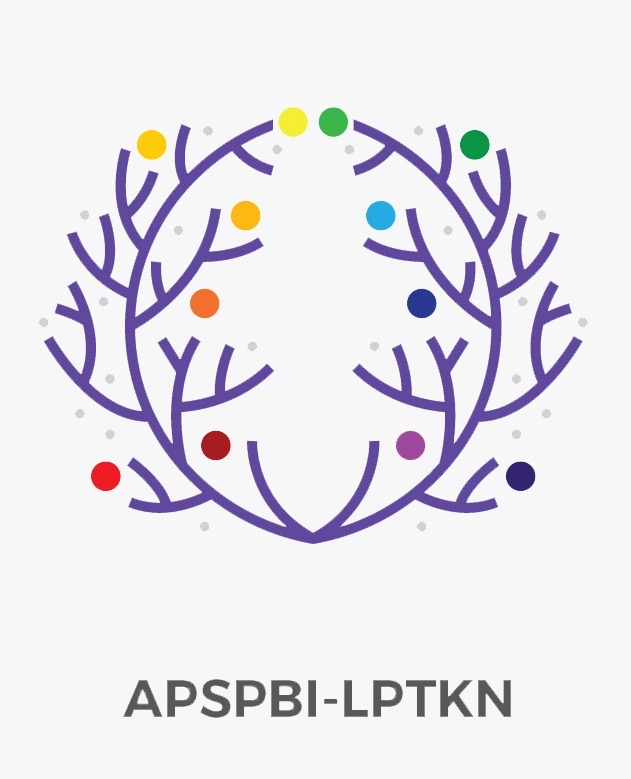STUDENTS PERCEPTION OF USING YOUTUBE IN VOCABULARY MASTERY
DOI:
https://doi.org/10.53682/jellt.v5i2.6879Keywords:
Students' Perception, Vocabulary Mastery, YoutubeAbstract
The purpose of this study is find how students perceptions of using YouTube in Vocabulary Mastery YouTube is online Video sharing platform which allows users to upload view and share video from all over the world therefore can also as media online learning especially in mastering vocabulary The researchers use quantitative research and the sample of this research is 37 students in seven semester of English Education Department Universitas Negeri Manado Researchers use questionnaire as instrument in collecting the data Questionnaire is one of research instrument which aims for collecting data in survey research and also can be thought of as kind of written interview The type of questionnaire that used in this research is closed ended questionnaire It is used like scale questionnaire in data collection and analyzed in statistical descriptive Optional for the questioner measuring from strongly agrees agree neutral disagree and strongly disagree The result in this research is found by seeing the responses of students after distributing the questionnaire and collecting the data As the result mostly students give positive perception using YouTube in vocabulary mastery and even give good impact to their ability especially in class environment < p>
Downloads
References
Aly Anwar Amer 2002 Advanced Vocabulary Instruction in EFL The internet TESL Journal Vol vIII no 11 p 1
Berk R A 2009 Multimedia teaching with video clips: TV movies YouTube and mtvU in the College classroom International journal of Teaching and learning 5 1 1 21
Budi Setiwan 2010 Improving The Students vocabulary Mastery Through
Direct Instruction Surakarta: Universitas Sebelas Maret page :8
Canning Wilson C Wallace J 2000 Practical Aspects of Using Video in the Foreign Language Classroom 24 October 2013
Destiny Apuke Oberiri 2017 Quantitative Research Methods A Synopsis Approach Department of Mass Communicaion P M B 1167 Jalingo Nigeria
Creswell Jhon W 2009 Research design: Qualitative quantitative and mixed Approach 3rd ed California: Sage
Goforth Chelsea 2015 Using and Interpreting Cronbach s Alpha University of Virginia Library
Heriyanto Dwi 2015 The Effectiveness of using Youtube for Vocabalary Mastery
Ho Mei Lin Caroline 1997 The Internet and English Language Teaching National Institute of Education Singapore
Kubai Edwin 2019 Reliability and Validity of Research Instruments UNICAF University Zumbia
Kurniawati Dewi 2013 The Effectiveness of using YouTube Video in Teaching English Grammar Viewed From Students Attitude http:ejournal radenintan ic id indext php ENGEDU
Leedy P Ormrod J 2001 Practical research: planning and design 7th ed Upper Saddle River NJ San Francisco: Jossey Bass
McLoad S A 2014 Questionnaires Retrieved July 4th 2015 from www simplypsychology org questionnaires html
McLoed S A 2018 Qestionnaire: definition Example design and types Simply psychology
Mohsen Tavakol and Reg Dennick 2011 Making sense of Cronbach s Alpha International Journal of Medical Education
Scott Thornbury 2020 How to teach vocabulary Middlesex: Longman Pearson Education

 Fakultas Bahasa dan Seni
Fakultas Bahasa dan Seni